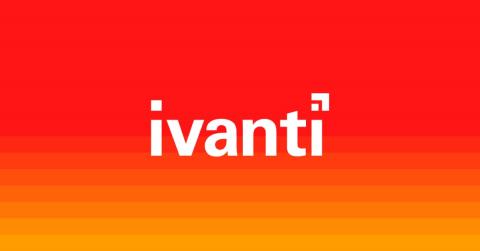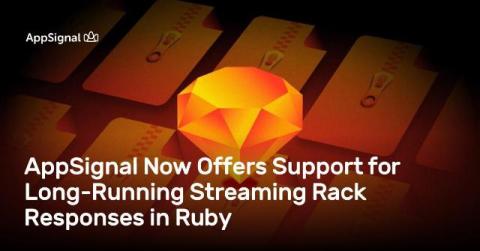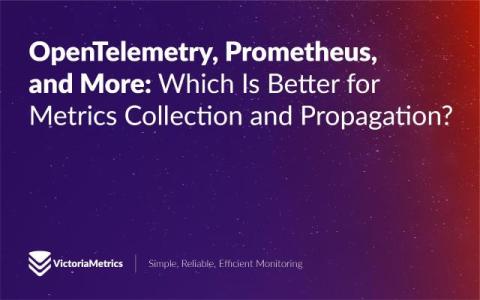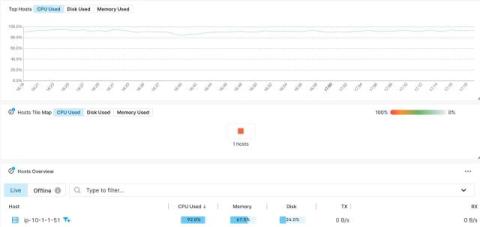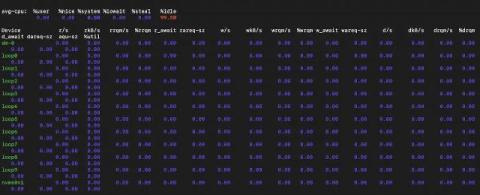US Federal Government's Role in Filling the Cybersecurity Talent Gap
Currently, there are 500,000 vacant cybersecurity positions in the United States – affecting businesses and government agencies alike. And with the frequency, sophistication and intensity of cyberattacks increasing, including those directed at federal agencies and critical infrastructure, the need for government and industry to work together to train, retain and develop workers with the required technical expertise and skills has never been greater.


